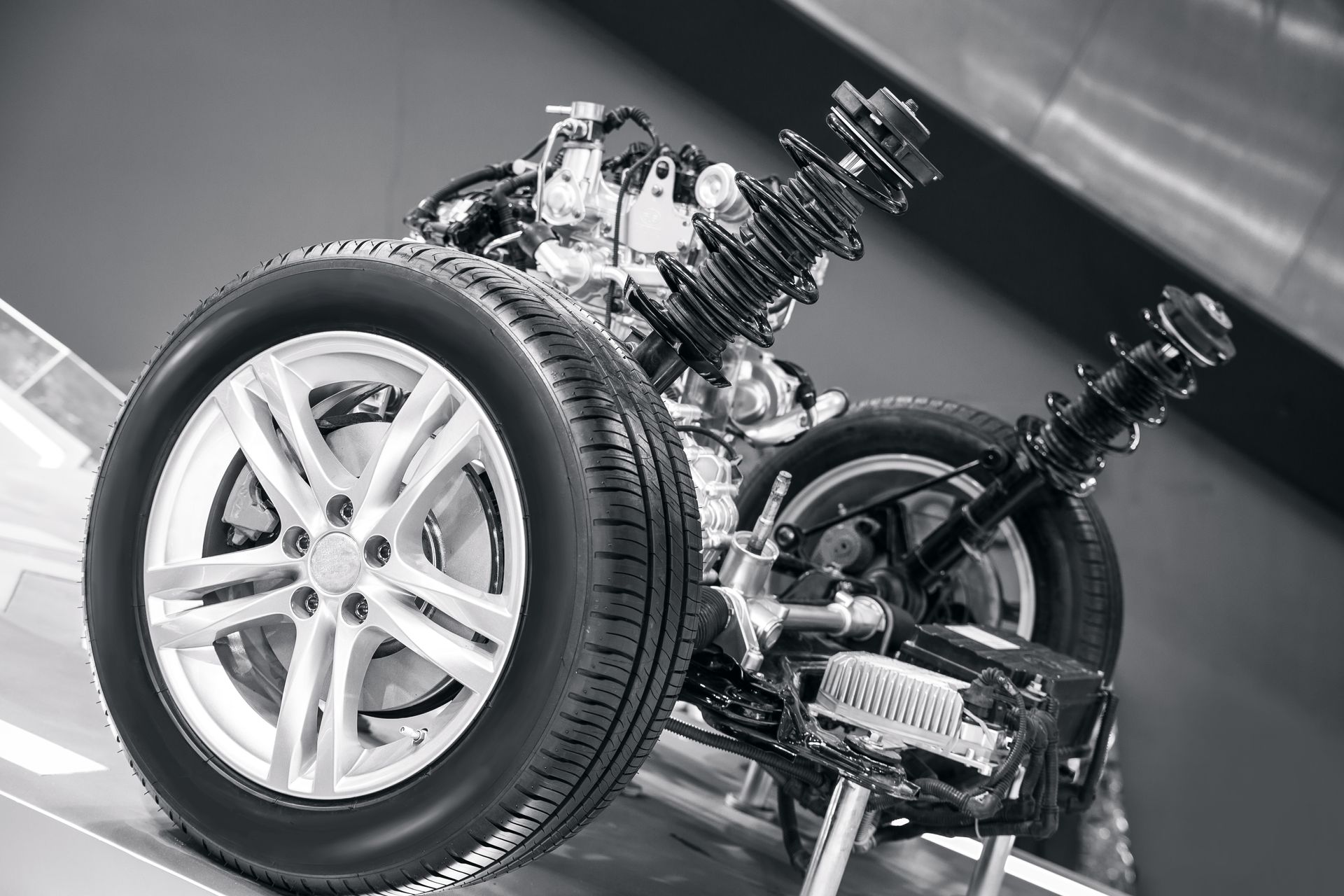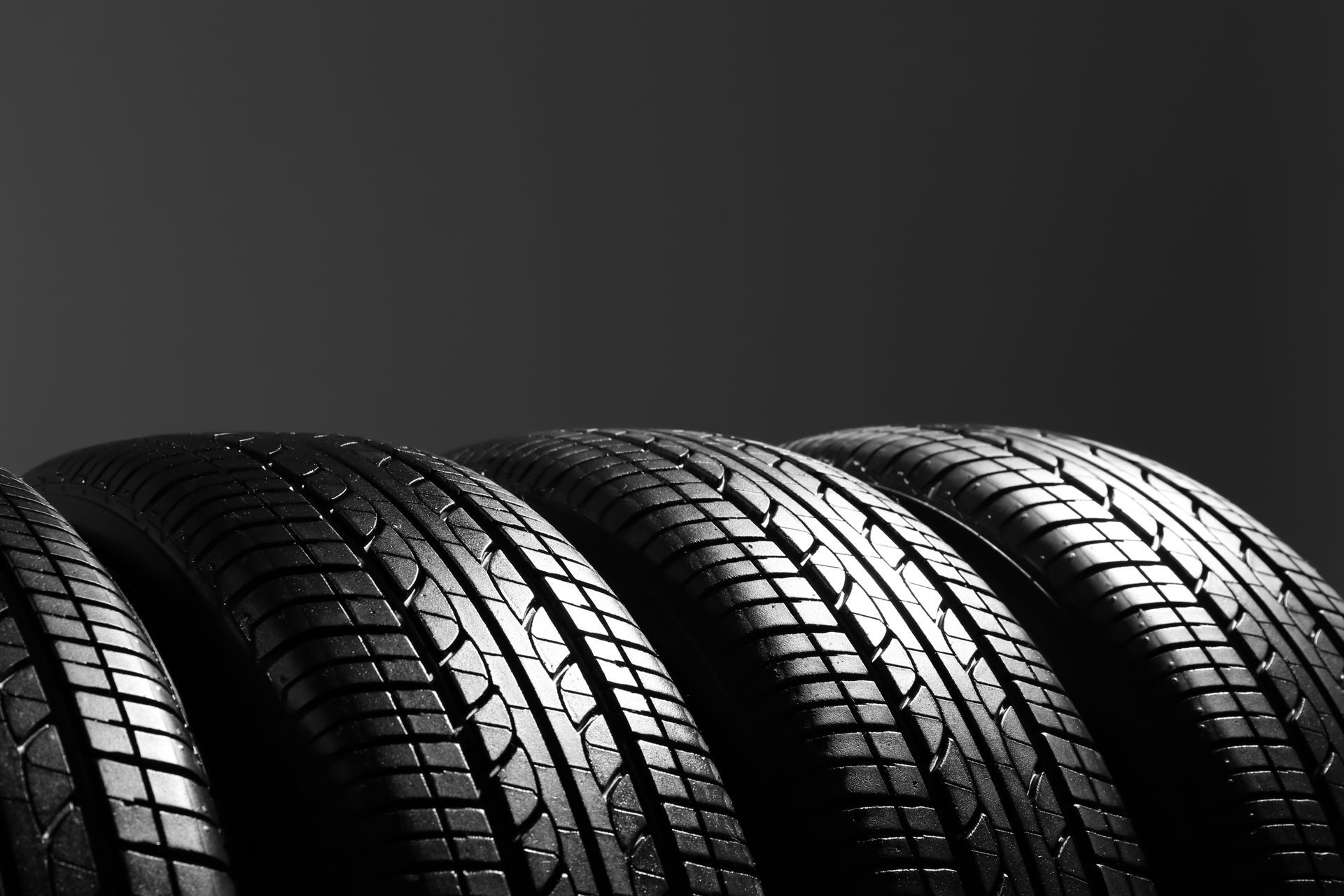Tire Maintenance 101: Pressure, Tread, and Rotation
Your tires are the only part of your vehicle that makes direct contact with the road, so their condition has a big impact on safety, performance, and fuel efficiency. Proper tire care not only extends the life of your tires but also improves handling, braking, and ride comfort. In Kennewick’s varied driving conditions, from hot summer pavement to wet winter roads, regular maintenance can make the difference between a smooth ride and a dangerous one.
The Role of Proper Tire Pressure
Maintaining the correct tire pressure is one of the simplest yet most important aspects of tire care. Underinflated tires cause more friction with the road, which leads to higher fuel consumption, excessive wear, and potential overheating. Overinflated tires, on the other hand, have less contact with the road, which reduces traction and increases the risk of blowouts.
Check your tire pressure at least once a month and before long trips. Always follow the manufacturer’s recommended PSI, which can be found on the driver’s side door placard or in the owner’s manual. Even small deviations from the correct pressure can have noticeable effects on vehicle handling and tire lifespan.
How to Tell When Your Tread Is Too Low
Tread depth plays a crucial role in providing grip, especially on wet or slippery surfaces. As tires wear down, their ability to channel water away decreases, making hydroplaning more likely. One of the easiest ways to check tread depth is the penny test. Place a penny into the tread with Lincoln’s head upside down, and if you can see the top of his head, the tread is too shallow, and it’s time for new tires.
Uneven tread wear is another sign of potential problems. It can indicate issues like misalignment, worn suspension parts, or inconsistent tire pressure. Addressing these problems early prevents the need for premature tire replacement.
The Importance of Tire Rotation
Because each tire experiences different amounts of stress depending on its position, rotating your tires regularly ensures they wear evenly. Front tires tend to wear faster on front-wheel-drive vehicles because they handle both steering and power delivery. Rotating them every 5,000 to 7,500 miles helps maximize their lifespan and maintain balanced handling.
Tire rotation patterns can vary depending on the type of vehicle and tires you have. Professional service centers like Steve’s Tire & Auto Repair can follow the proper rotation sequence to keep your tires in the best shape possible.
Signs Your Tires May Need Immediate Attention
While regular maintenance helps prevent problems, certain warning signs require immediate inspection. A persistent vibration while driving could mean your tires are out of balance or that there’s damage to the internal structure. Visible cracks, bulges, or punctures can quickly lead to tire failure if ignored. Sudden changes in handling, pulling to one side, or longer stopping distances may also be related to tire issues.
How Weather Affects Tire Longevity in Kennewick
Kennewick’s weather patterns can be tough on tires. Hot summers can increase tire pressure, while cold winters cause it to drop. These fluctuations can lead to uneven wear if not monitored regularly. Seasonal changes also impact rubber flexibility—tires may become harder in cold weather, reducing traction, or softer in extreme heat, which can cause quicker wear. Adjusting your maintenance routine to account for these conditions helps keep your tires performing well year-round.
Keep Your Tires in Top Condition With Steve’s Tire & Auto Repair in Kennewick, WA
Tire maintenance is more than just an occasional check—it’s an ongoing process that keeps you safe and protects your investment in your vehicle. At
Steve’s Tire & Auto Repair in Kennewick, WA, our team provides thorough inspections, precise pressure checks, professional rotations, and expert advice on maximizing tire life. Schedule your appointment today and keep your car running smoothly and safely in every season.


